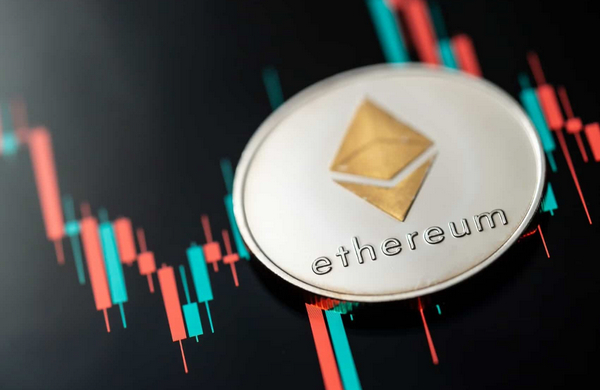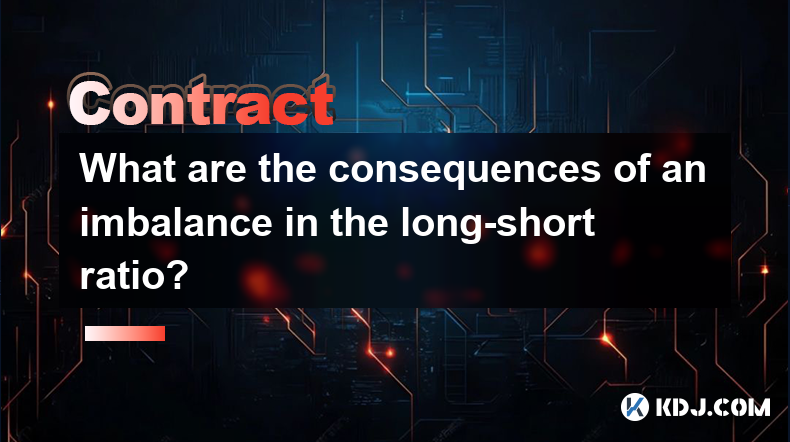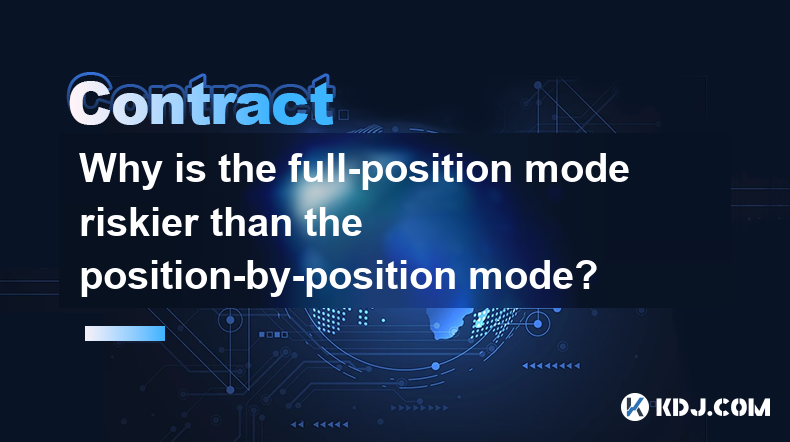-
 Bitcoin
Bitcoin $91,267.7899
4.91% -
 Ethereum
Ethereum $1,698.0536
7.55% -
 Tether USDt
Tether USDt $1.0008
0.08% -
 XRP
XRP $2.1556
3.71% -
 BNB
BNB $609.0535
2.18% -
 Solana
Solana $145.0560
7.22% -
 USDC
USDC $1.0001
0.01% -
 Dogecoin
Dogecoin $0.1713
8.74% -
 TRON
TRON $0.2468
1.15% -
 Cardano
Cardano $0.6554
5.57% -
 Chainlink
Chainlink $13.8250
5.91% -
 Avalanche
Avalanche $21.7000
8.07% -
 UNUS SED LEO
UNUS SED LEO $8.9828
-1.62% -
 Stellar
Stellar $0.2592
2.54% -
 Sui
Sui $2.4326
11.69% -
 Shiba Inu
Shiba Inu $0.0...01320
6.88% -
 Toncoin
Toncoin $2.9990
2.71% -
 Hedera
Hedera $0.1772
4.60% -
 Bitcoin Cash
Bitcoin Cash $357.4340
3.92% -
 Litecoin
Litecoin $82.9554
6.26% -
 Hyperliquid
Hyperliquid $18.6293
6.01% -
 Polkadot
Polkadot $3.9012
1.96% -
 Dai
Dai $1.0000
0.01% -
 Bitget Token
Bitget Token $4.5213
2.02% -
 Ethena USDe
Ethena USDe $0.9997
0.04% -
 Pi
Pi $0.6393
1.13% -
 Monero
Monero $222.4871
3.20% -
 Pepe
Pepe $0.0...08430
8.45% -
 Uniswap
Uniswap $5.6188
6.43% -
 Aptos
Aptos $5.1020
2.23%
How to play eth contract
Harnessing the power of ETH contracts requires a thorough understanding of contract identification, function decoding, transaction submission, and result interpretation, empowering developers to unlock the full potential of the Ethereum ecosystem.
Nov 08, 2024 at 08:48 pm

How to Play ETH Contract
Ethereum contracts are self-executing agreements deployed on the Ethereum blockchain network. They are immutable once deployed and operate autonomously according to the code embedded within them. Engaging with ETH contracts is a fundamental aspect of interacting with the Ethereum ecosystem and leveraging its capabilities for decentralized applications. This comprehensive guide will provide a step-by-step walkthrough on how to interact with ETH contracts, empowering you to reap the benefits of this groundbreaking technology.
Prerequisites:
- A familiarity with blockchain technology and Ethereum concepts.
- Installation of a cryptocurrency wallet compatible with ETH contracts, such as MetaMask or Trust Wallet.
- ETH tokens to cover transaction fees and potential gas expenses associated with contract interactions.
Step 1: Identify and Analyze the ETH Contract
- Locate the contract's address: Obtain the contract's address, a unique identifier on the Ethereum blockchain that represents the contract's location. This address is typically provided by the contract creator or can be found through reputable sources like Etherscan.
- Review the contract code: Familiarize yourself with the contract's code, which defines its logic, functions, and variables. This can be done using tools like Etherscan or Solidity compilers. Understanding the contract's code is crucial for comprehending its functionality and anticipating potential outcomes of interactions.
Step 2: Connect to the Ethereum Network and Wallet
- Connect to Ethereum: Use your cryptocurrency wallet, such as MetaMask or Trust Wallet, to connect to the Ethereum network. This typically involves selecting the appropriate network (e.g., Ethereum Mainnet) within your wallet.
- Fund your wallet: Ensure your wallet contains sufficient ETH to cover transaction fees and gas expenses incurred during contract interactions.
Step 3: Decode the Function ABI
- Obtain the function's ABI: Function ABIs (Application Binary Interfaces) define the input and output parameters of contract functions. They provide information on the format of data to be passed to and received from the contract. The ABI for a specific function can often be found alongside the contract's code or on websites like Etherscan.
- Encode function data: Using the function's ABI, prepare the data to be sent to the contract. This data includes both constant and variable arguments specified by the function.
Step 4: Generate and Submit a Transaction
- Create a transaction: Construct a transaction object using the Web3 API or other appropriate tools. This transaction includes details such as the contract address, the encoded function data, and the gas limit.
- Set gas price and limit: Determine the appropriate gas price and limit, which influence the transaction fee and transaction execution time. Gas price represents the amount of ETH you are willing to pay per unit of gas, and gas limit sets the maximum amount of gas you are prepared to expend for the transaction.
- Sign and broadcast the transaction: Sign the transaction with your private key and broadcast it to the Ethereum network. This process initiates the execution of the contract function.
Step 5: Monitor Transaction Status and Decode Results
- Track transaction status: Use Etherscan or other blockchain explorers to monitor the progress of your transaction. You can observe the transaction's status, confirmations, and gas usage.
- Retrieve transaction receipt: After the transaction is mined and included in a block, retrieve its receipt. The receipt contains crucial information, such as the transaction hash, block number, and the output data from the contract's function call.
- Decode function output: Using the function's ABI, decode the output data to retrieve the result of the contract function. This data can represent values, events, or other relevant information.
Additional Tips:
- Use interface libraries: For ease of development, consider using libraries that provide pre-defined interfaces for common contract types. These libraries simplify the process of interacting with contracts by automating the encoding and decoding of data.
- Estimate gas costs: Before submitting a transaction, estimate the gas costs associated with the contract interaction. This helps in setting appropriate gas price and limits to avoid excessive transaction fees. Etherscan and similar tools offer gas estimation features.
- Test thoroughly: If possible, test your interactions with ETH contracts in a testing environment before deploying them on the mainnet. This reduces the risk of bugs and ensures contract functionality meets expectations.
Disclaimer:info@kdj.com
The information provided is not trading advice. kdj.com does not assume any responsibility for any investments made based on the information provided in this article. Cryptocurrencies are highly volatile and it is highly recommended that you invest with caution after thorough research!
If you believe that the content used on this website infringes your copyright, please contact us immediately (info@kdj.com) and we will delete it promptly.
- How Much Could $2,000 in Ripple (XRP) Be Worth at the Peak of the Bull Run?
- 2025-04-23 02:00:20
- Mind of Pepe (MIND) Token Presale Sells Out Ahead of Listing, Promises AI-Powered Meme Coin Experience
- 2025-04-23 02:00:20
- Galaxy Digital Moves $105M Worth of Ethereum to Solana
- 2025-04-23 01:55:12
- A major whale has made a significant move in the Mantra (OM) market
- 2025-04-23 01:55:12
- World of Women (WoW) Prepares to Enchant the World Once Again with its Flagship Event: the WoW Gala Lisboa
- 2025-04-23 01:50:12
- Onyxcoin (XCN) Has Plunged by 15% in the Past Week and Is Poised to Extend Its Decline as Selloffs Strengthen
- 2025-04-23 01:50:12
Related knowledge

How does Tail Protection reduce the loss of liquidation?
Apr 11,2025 at 01:50am
Introduction to Tail Protection in CryptocurrencyTail Protection is a mechanism designed to mitigate the risks associated with liquidation in cryptocurrency trading. Liquidation occurs when a trader's position is forcibly closed by the exchange due to insufficient margin to cover potential losses. This often happens in leveraged trading, where traders b...

What are the consequences of an imbalance in the long-short ratio?
Apr 13,2025 at 02:50pm
The long-short ratio is a critical metric in the cryptocurrency trading world, reflecting the balance between bullish and bearish sentiments among traders. An imbalance in this ratio can have significant consequences on the market dynamics, affecting everything from price volatility to trading strategies. Understanding these consequences is essential fo...

How to judge the market trend by the position volume?
Apr 11,2025 at 02:29pm
Understanding how to judge the market trend by position volume is crucial for any cryptocurrency trader. Position volume, which refers to the total number of open positions in a particular cryptocurrency, can provide valuable insights into market sentiment and potential price movements. By analyzing this data, traders can make more informed decisions ab...

Why does a perpetual contract have no expiration date?
Apr 09,2025 at 08:43pm
Perpetual contracts, also known as perpetual futures or perpetual swaps, are a type of derivative product that has gained significant popularity in the cryptocurrency market. Unlike traditional futures contracts, which have a fixed expiration date, perpetual contracts do not expire. This unique feature raises the question: why does a perpetual contract ...

Why is the full-position mode riskier than the position-by-position mode?
Apr 13,2025 at 03:42pm
Why is the Full-Position Mode Riskier Than the Position-by-Position Mode? In the world of cryptocurrency trading, the choice between full-position mode and position-by-position mode can significantly impact the risk profile of a trader's portfolio. Understanding the differences between these two modes is crucial for making informed trading decisions. Th...

How is the liquidation price calculated?
Apr 12,2025 at 01:35am
Introduction to Liquidation PriceLiquidation price is a critical concept in the world of cryptocurrency trading, particularly when dealing with leveraged positions. Understanding how this price is calculated is essential for traders to manage their risk effectively. The liquidation price is the point at which a trader's position is forcibly closed by th...

How does Tail Protection reduce the loss of liquidation?
Apr 11,2025 at 01:50am
Introduction to Tail Protection in CryptocurrencyTail Protection is a mechanism designed to mitigate the risks associated with liquidation in cryptocurrency trading. Liquidation occurs when a trader's position is forcibly closed by the exchange due to insufficient margin to cover potential losses. This often happens in leveraged trading, where traders b...

What are the consequences of an imbalance in the long-short ratio?
Apr 13,2025 at 02:50pm
The long-short ratio is a critical metric in the cryptocurrency trading world, reflecting the balance between bullish and bearish sentiments among traders. An imbalance in this ratio can have significant consequences on the market dynamics, affecting everything from price volatility to trading strategies. Understanding these consequences is essential fo...

How to judge the market trend by the position volume?
Apr 11,2025 at 02:29pm
Understanding how to judge the market trend by position volume is crucial for any cryptocurrency trader. Position volume, which refers to the total number of open positions in a particular cryptocurrency, can provide valuable insights into market sentiment and potential price movements. By analyzing this data, traders can make more informed decisions ab...

Why does a perpetual contract have no expiration date?
Apr 09,2025 at 08:43pm
Perpetual contracts, also known as perpetual futures or perpetual swaps, are a type of derivative product that has gained significant popularity in the cryptocurrency market. Unlike traditional futures contracts, which have a fixed expiration date, perpetual contracts do not expire. This unique feature raises the question: why does a perpetual contract ...

Why is the full-position mode riskier than the position-by-position mode?
Apr 13,2025 at 03:42pm
Why is the Full-Position Mode Riskier Than the Position-by-Position Mode? In the world of cryptocurrency trading, the choice between full-position mode and position-by-position mode can significantly impact the risk profile of a trader's portfolio. Understanding the differences between these two modes is crucial for making informed trading decisions. Th...

How is the liquidation price calculated?
Apr 12,2025 at 01:35am
Introduction to Liquidation PriceLiquidation price is a critical concept in the world of cryptocurrency trading, particularly when dealing with leveraged positions. Understanding how this price is calculated is essential for traders to manage their risk effectively. The liquidation price is the point at which a trader's position is forcibly closed by th...
See all articles























































































